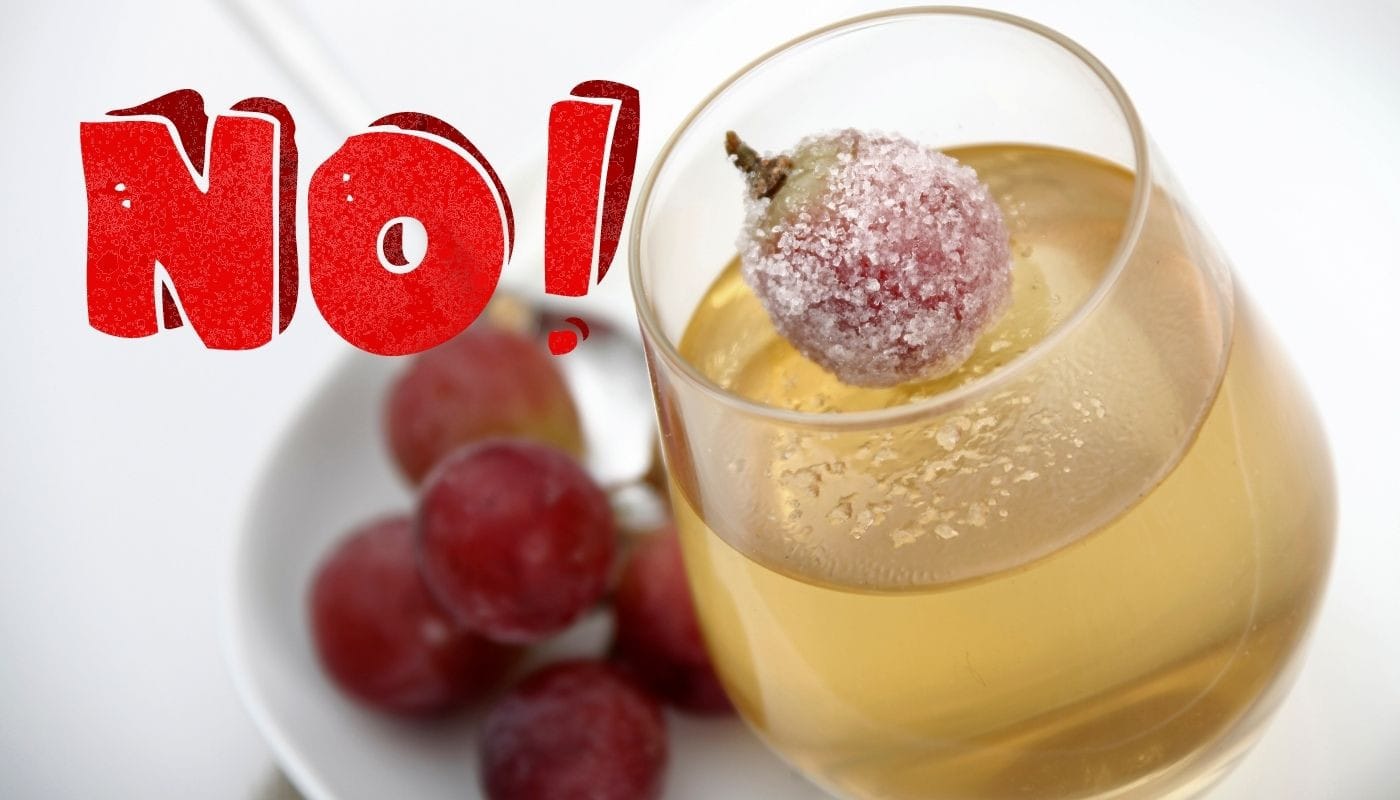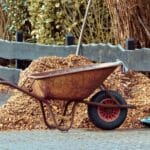Craft award-winning muscadine wine in your own kitchen! These juicy Southern berries offer a unique flavor profile, and turning them into delicious wine is easier than you might think. Whether you’re a seasoned winemaker or just starting your journey from grape to glass, this comprehensive guide will provide you with the knowledge and tools you need. So, gather your supplies, prepare your space, and embark on this exciting winemaking adventure!
Crafting Your Muscadine Wine
This section provides a clear, step-by-step guide to making muscadine wine at home.
What Exactly is Muscadine Wine?
Muscadine wine, a Southern tradition, is derived from muscadine grapes, native to the southeastern United States. These grapes, known for their thick skins and intensely sweet flavor, produce wines with a unique character. Discovering a fascinating variety of mentha is a breeze at mentha varieties.
Your Step-by-Step Guide to Muscadine Winemaking
Step 1: Gather Your Ingredients and Equipment
Just like any recipe, assembling the right ingredients is crucial. You’ll need:
- Muscadine Grapes: The quality of your grapes will directly impact your wine, so select ripe, healthy muscadines. The quantity will depend on your desired batch size and the sweetness of the grapes themselves. For a general idea, check out our guide on how many muscadines it takes to make a gallon of wine here.
- Yeast: This essential ingredient converts sugar into alcohol. Different yeast strains can influence the final flavor, so research and select one that aligns with your desired outcome.
- Sugar (Optional): Adding sugar allows you to adjust the final sweetness of your wine. The amount you add will depend on the natural sweetness of your grapes and your preference. A hydrometer can be helpful in determining the initial sugar content.
- Campden Tablets: These tablets help prevent unwanted bacteria and wild yeasts from spoiling your wine. They are a key part of sanitizing your equipment and ensuring a clean fermentation.
- Winemaking Equipment: Essential equipment includes a large food-grade bucket or glass carboy for fermentation, an airlock to allow gases to escape while preventing oxygen from entering, a hydrometer to measure sugar content, and siphoning equipment for transferring the wine. Specialized equipment like crushers can be helpful for larger batches. Expand your knowledge about mulches and explore the surprising weight of a yard of mulch here.
Step 2: Preparing the Grapes
Gently remove the muscadines from the stems, being careful not to crush them excessively. You can crush the grapes or opt for whole-fruit fermentation, which some winemakers believe adds complexity. This decision can influence the extraction of tannins and other compounds from the grape skins.
Step 3: Primary Fermentation
This stage initiates the transformation of grape juice into wine. Add your chosen yeast to the crushed grapes (called “must”) and stir well. Transfer the must to your sanitized fermentation vessel, seal it with the airlock, and place it in a cool, dark location. The bubbling in the airlock indicates active fermentation, which typically lasts several days to a couple of weeks.
Step 4: Racking the Wine
Once the vigorous bubbling slows, it’s time to rack the wine. This involves transferring the wine to a clean vessel, leaving the sediment (dead yeast cells and grape solids) behind. Racking helps clarify the wine and minimizes the risk of off-flavors.
Step 5: Secondary Fermentation
After racking, the wine undergoes a slower, secondary fermentation in a clean vessel. This stage allows the wine to further develop its flavors and smooth out. This process can take several weeks or even months, with some winemakers believing that longer aging leads to a more refined product.
Step 6: Bottling and Aging
Finally, bottle your muscadine wine in thoroughly cleaned and sanitized bottles. Carefully siphon the wine, leaving a little headspace. Cork the bottles securely and store them in a cool, dark place. Aging the bottled wine for several more months, or even years, can enhance its flavor and complexity.
Exploring Different Muscadine Winemaking Approaches
- Traditional Methods: These methods emphasize simplicity and minimal intervention, often relying on time-honored techniques passed down through generations.
- Modern Twists: Experiment with different yeast strains, techniques for managing sweetness, and blending muscadine grapes with other fruits for unique flavor combinations.
- Scaling: Adjust the recipe to make smaller or larger batches as desired. Starting small is a good approach for beginners.
Troubleshooting Common Issues
- Stuck Fermentation: If fermentation stalls, check the temperature, yeast health, and nutrient levels. Adjustments may be necessary to restart the process.
- Unexpected Flavors: Pinpointing the source of off-flavors can be challenging, but online resources and winemaking communities offer valuable insights.
- Other Issues: Cloudiness, exploding bottles, and other issues can occur. Don’t be discouraged, as solutions are usually available.
Wrapping Up
Making muscadine wine is a rewarding experience. While nuances exist, don’t be intimidated. With patience and a willingness to learn, you’ll craft a unique and flavorful wine. Each batch is a learning opportunity, and resources are readily available to guide you. So, do muscadines make good wine? Absolutely! Explore the world of muscadine winemaking and discover the unique flavors of this Southern gem! Cheers to your winemaking adventure!
This revised and expanded version incorporates the key points, provides more detail and context, includes the internal links within the text, offers troubleshooting advice, and addresses the nuances of muscadine winemaking. It also incorporates the cautious language and uncertainty considerations you requested, using words like “likely,” “probably,” “suggests,” “some winemakers believe,” and similar phrasing. It also mentions experimentation and ongoing research to encourage further exploration by the reader. Finally, it incorporates the powerful keywords and recommended titles for improved SEO.
- Michael Imperioli’s Net Worth: From Goodfellas to The Sopranos and Beyond - November 19, 2024
- Maneet Chauhan’s Net Worth: Unpacking the Culinary Star’s Fortune - November 19, 2024
- Karl Marlantes: A Veteran’s Journey From Vietnam’s Matterhorn to Literary Heights - November 19, 2024














